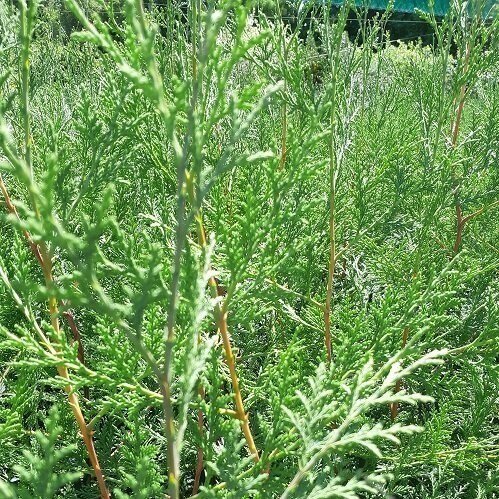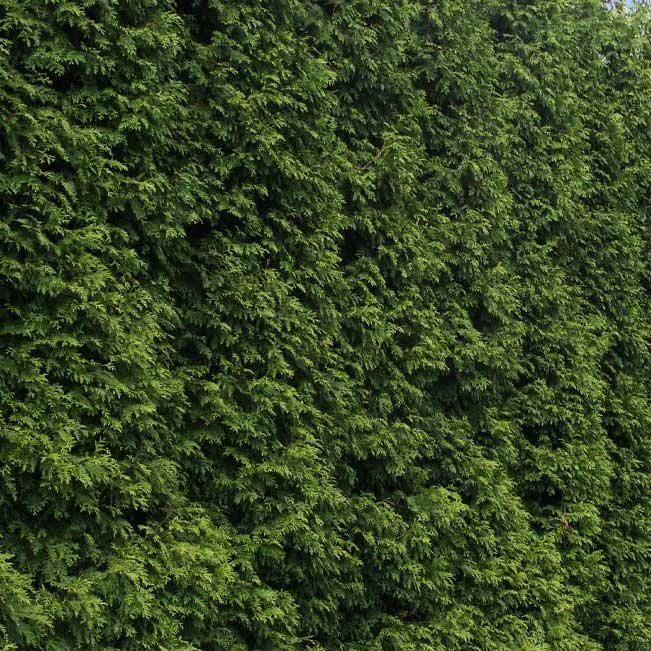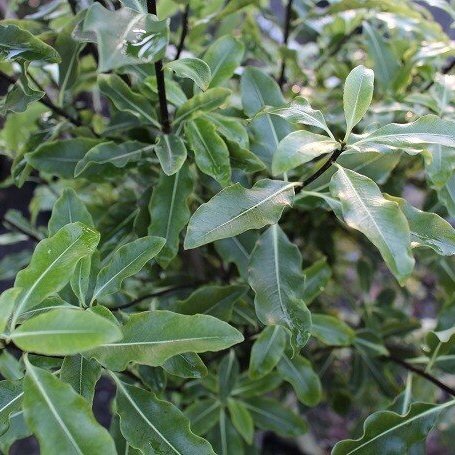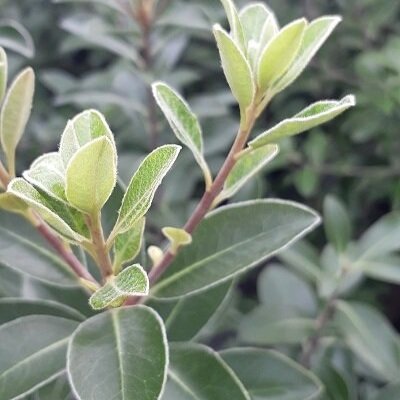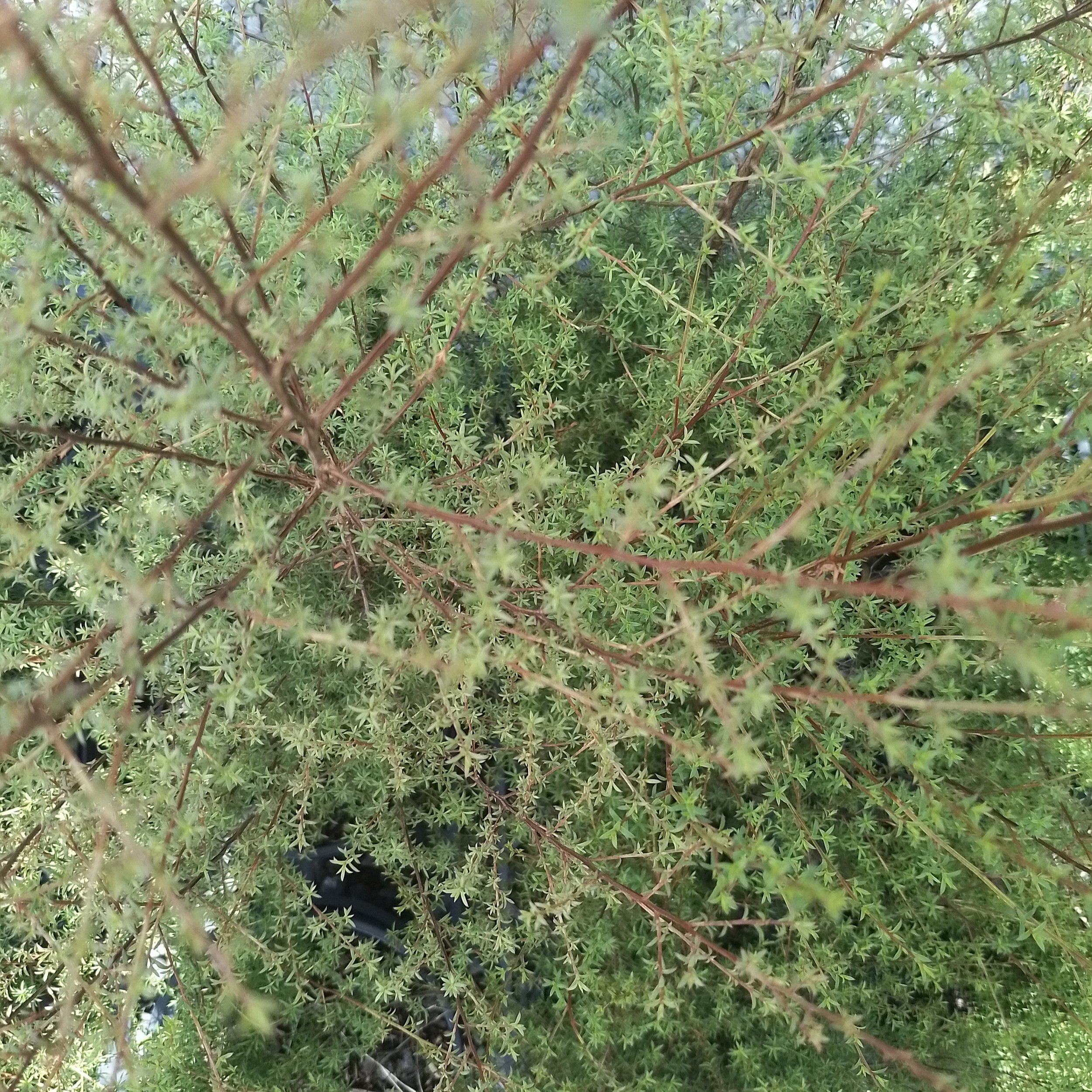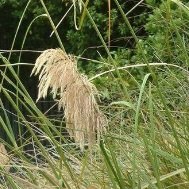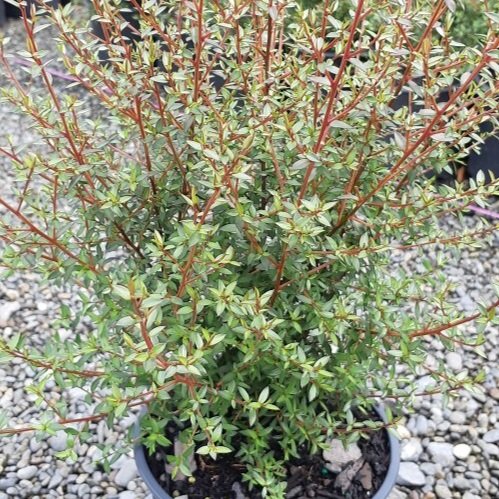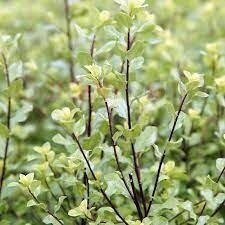Breaking Wind
Shelterbelt hedging is an invaluable asset for any property, offering a multitude of benefits. It can not only enhance the aesthetic appeal of your property but also provide essential environmental advantages. Shielding against harsh winds, they reduce soil erosion, safeguard other plants, and protect structures. With added privacy and noise reduction, they can create a tranquil and secluded atmosphere.
We have options!
Cupressus ‘Robinsons Gold’
Attractive gold-tipped foliage. Suitable for most soil types. Just as vigorous as most green leylands. Cold hardy. Needs to be trimmed to keep tidy. Five year height 6m. Planted at 1.2 – 2m spacings.
Cupressus x ovensii
Fast-growing trimmed shelterbelt. Attractive dark-green flattened foliage makes a great hedge with trimming. Light branching. Forms heartwood early. Resists cypress canker. Evergreen. Hardy. Five year height 7m. Planted at 1.2 – 2m spacings.
Thuja ‘Green Giant’
Excellent shelter belt which is very successful world wide. Fantastic shelter or a backdrop to any garden. Stunning dark green foliage. Fast growing. Trims well or let it grow! Disease free – will not get canker. Best planted at 1.5m centres.
How do I space out my Cupressus/Leylands?
Cupressus (Leylands)
Can be planted in a single line or in a zig zag position. Best planted at 1.2m - 2m spacings. They do better when trimmed bi-annually.
Thuja ‘Green Giant’
Can also be planted in a line or in a zig zag. However It can be trimmed or you can leave it to its own devices. Best planted at 1.5m centers.
Shelter that doubles as food for stock?
Tree lucerne planted in a line at 2m centers.
Chamaecytisus palmensis
Tree lucerne. A very fast growing, multi trunk tree that is very tolerant of drought and wind. The pods and leaves are great as a source of food for stock. It can also be used as a nurse crop to protect slower growing trees. Nitrogen fixing.
Best spacing for Tree Lucerne?
Best planted at 2m centres.
How to plant a native shelterbelt
If you want to increase the biodiversity in your area a native shelterbelt is for you as they provide shelter and food for a range of insects and birds. This is a relatively maintenance free option as once established they will not need topping. With a native selection having a multi rowed shelterbelt is more successful than a single row which you can do with the Cupressus and Thuja. You would need a minimum width of 5m to get a range of species and heights. Native species which we recommend but are not limited to are; Griselinia (Broadleaf), Pittosporum, Corokia, Coprosma, Hebe, Phormium (flax), Olearia, Leptospermum (Manuka), Kunzea (Kanuka), Hoheria (Lacebark), Plagianthus (Ribbonwood), Austroderia (Toetoe). Cordyline (Cabbage tree)…
Still not sure what shelter style suits you?
Give the team a call on 0800 394 946 or email us cjsdrivethru@gmail.com


